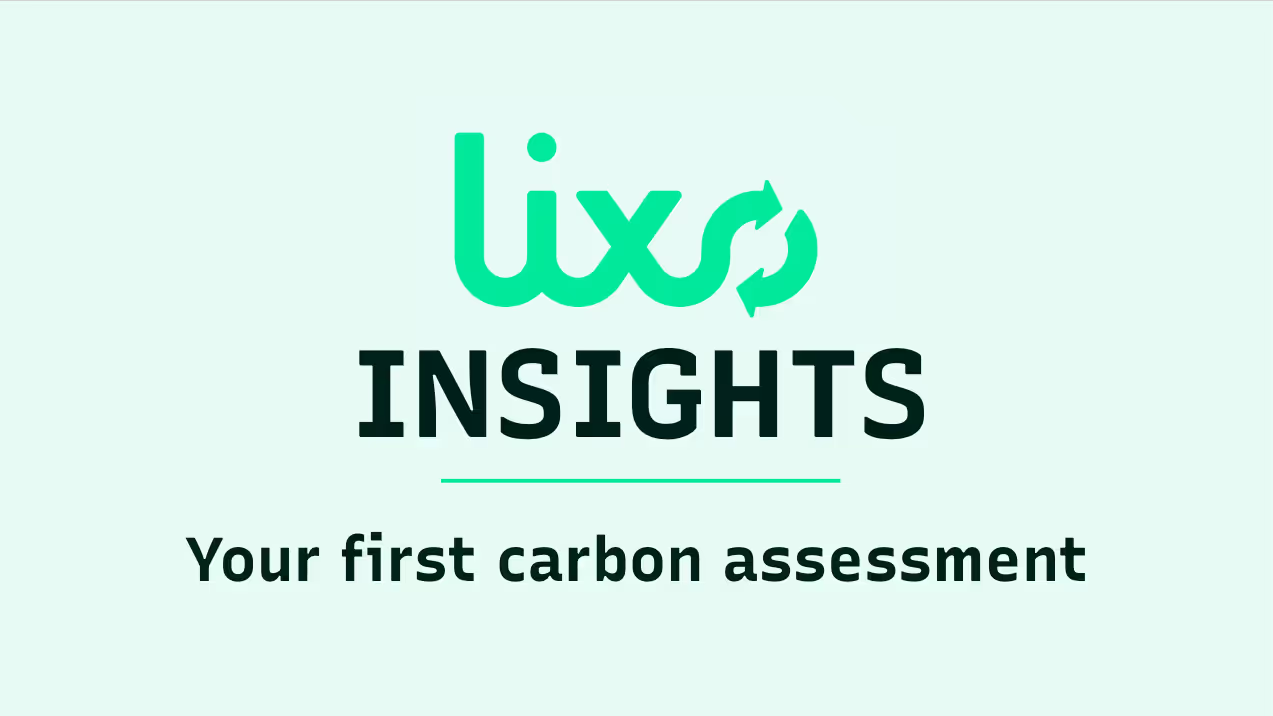1. Patience is key when collecting data
There are two main stages in establishing a carbon footprint assessment: data collection and data analysis.
Some data is easier to obtain than others. For example, financial data or raw data available to the public is easily accessible. On the other hand, data held by stakeholders (suppliers, service providers, etc.) is not always as accessible. We see two major reasons for this:
Non-biding laws regarding the sharing of information on product and service emissions accounts
Although laws, such as the Transportation Code, encourage service providers to track and share information about the greenhouse gas emissions of their products and services, these rules are not binding. They do not require them to respond to their clients' requests on this subject. In our case, this has been a significant barrier to collecting information on our carbon footprint.
Strong geographical disparities in terms of sensitivity to CSR issues
As part of our business, we design our own hardware. To this end, we source a large part of our electronic components exclusively from Asia. However, not all our suppliers are equally sensitive to CSR issues. As a result, the information we requested was not always available and its importance for our business was not always well understood.
2. Find a carbon assessment expert to accompany you
In our case, we chose to collaborate with the start-up Aktio, a SaaS platform that allows you to calculate your carbon footprint and trajectory in order to act on it. Their support was key on three points:
The definition of relevant analysis perimeters
In order to plan an exhaustive and relevant data collection campaign, it is essential to precisely determine the temporal, organizational and operational analysis perimeters of a carbon footprint. Aktio was a key partner in this reflection.
Adopting the right tools
Aktio's SaaS platform integrates the Ademe's Base Carbone®, the reference database to carry out a greenhouse gas emissions assessment. Moreover, it allows to organize the collected data in a clear way. This makes it easier to read and understand the results of the analysis.
Determining the best scenarios
In order to compensate for the missing data, Aktio helped us in the choice of the monetary ratios and greenhouse gas emission scenarios that were the closest to our activity. This allowed us to establish realistic and therefore relevant data estimates.
3. The best assessment is not the most complete, but the most actionable
Don't lose sight of your priorities when assessing your carbon footprint
The real issue with a carbon footprint is what you do with it. Once you understand the structure of your emissions according to your activity, what actions will you put in place to control, monitor and reduce them?
The true purpose of your carbon footprint assessment is the design of a carbon trajectory for your company and the implementation of a continuous action to stick to it.
You can start to act on your carbon footprint during the calculation of your assessment
The three months of work devoted to our carbon footprint allowed us to dive into the entire organization of our start-up. This audit brought to light practices that were obsolete or inconsistent with our desire to have an impact.
For example, we realized that the computer equipment we had was not sufficiently inventoried and traced. We therefore initiated a new inventory and stock tracking process in order to improve the control of our carbon footprint at this level.
As another example, given the difficulties encountered in collecting data from certain service providers and suppliers, we have decided to include their ability to report on the emissions linked to the use of their products or services in the criteria for choosing them. This way, we are strengthening our commitment to impact by joining forces with players who share the same vision.
As you can see, making your first carbon footprint is only the first, essential step for companies that want to make their activities sustainable and long-lasting.


